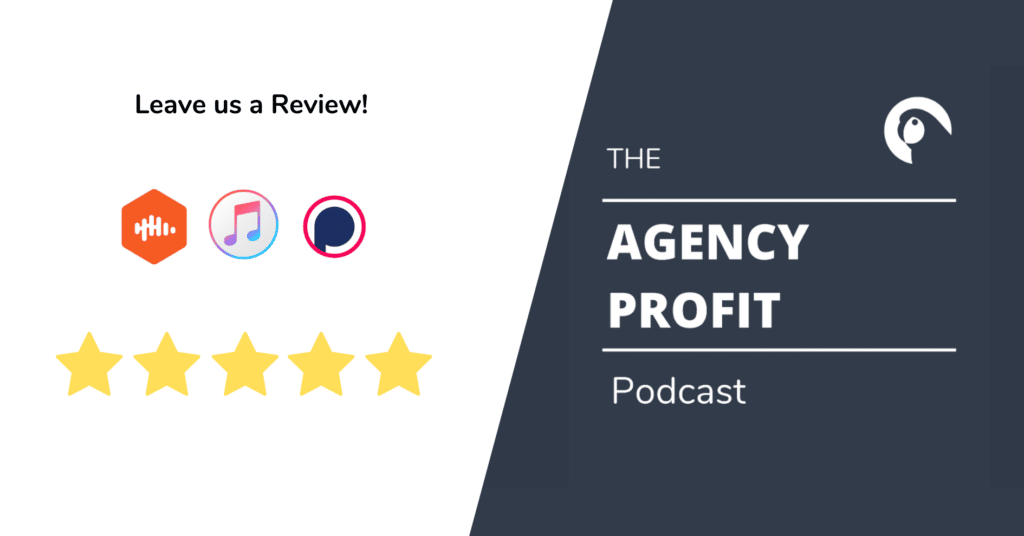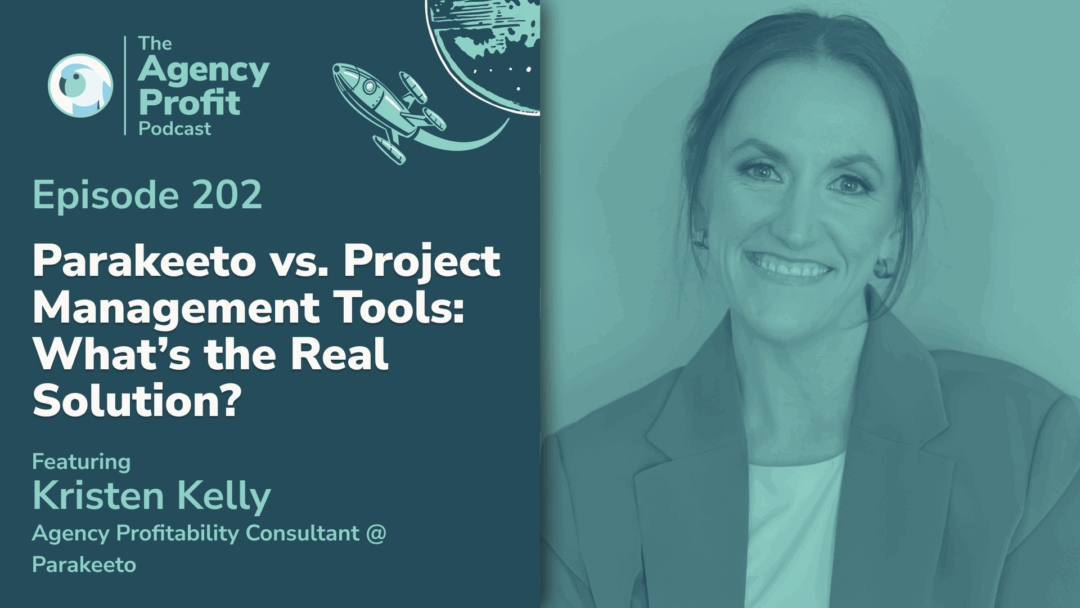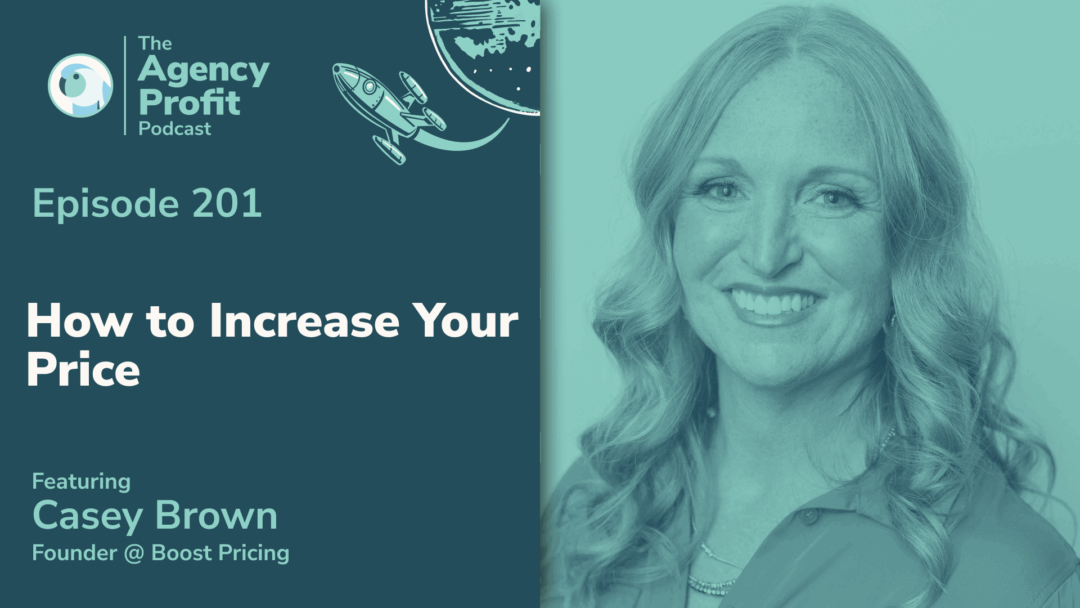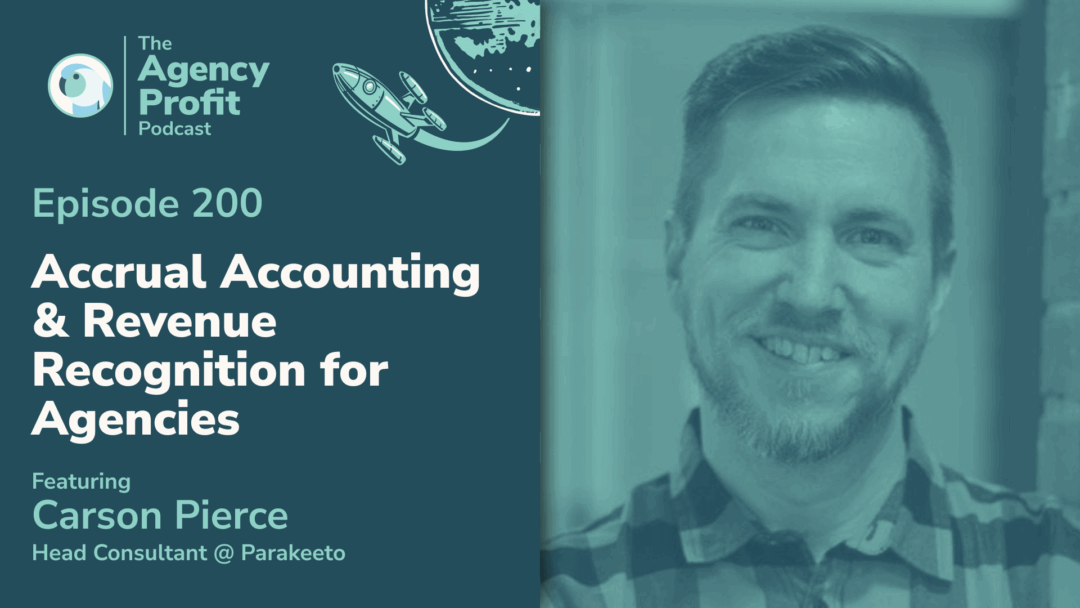Mike Moll joins us to chronicle how you can increase your profit while working far fewer hours!
About Mike Moll
Mike Moll works with marketers to help increase their value and pricing while decreasing their working hours. He is also the founder of a niche marketing agency that generates leads for hearing clinics, a consulting firm, and host of the Market Me podcast.
Like any true entrepreneur, Mike’s success has come from perseverance, taking risks, and constantly adapting to the environment and opportunities available to him. He speaks candidly about his successes and failures, and the invaluable lessons he’s learned while building a reputation as a lean marketer. That reputation has landed him in hundreds of strategy meetings, consulting on multi-million dollar projects.
Points of Interest…
- How Market Me Came to Be 1:42
- Transitioning to Working Less while Increasing Profit 6:03
- Create a Client-Centric Package 14:43
- Beliving in Your Pricing by Mapping Backwards 16:18
- Humanizing the Pricing Process 20:55
How Market Me Came to Be
As with most start-ups in their infancy, it’s more of a journey than a destination. So, it won’t be too surprising to learn that Mike and team were open to venturing down different paths when Market Me came to be. Starting in 2013, it underwent a lot of transition as the marketing field is constantly in flux.
Originally an e-commerce site, they pivoted into lead generation, and then considered social media and producing content. In short, they fell into the all too familiar trap of trying to do everything for everybody. Then, when they decided to niche down, Market Me found that coveted sweet spot in terms of life balance. As for when the company was at its peak; Mike had this to say:
“At that point I had a three full-time employees and a lot of freelance contractors, which is exclusively what we do now – we don’t have full-time people on staff. We got up to maybe around 800,000 in revenue. The profit was terrible because we had really bad systems and really, really bad processes across the board. We were just patching holes with money – and it was a bit of a nightmare.”
Well, who hasn’t been there?! Mike readily admits he let his ego get in the way, which is all too easy to do. There you are with your business, feeling you have to be the smartest person in every team, the omnipotent oracle across every facet of the company. That, dear reader, is a recipe for a micro-management time-suck and your team won’t thank you for it! Like Mike, just give yourself a break, and take a step back to get a bit of perspective…
“I just feel like I was such a crappy leader back then. Letting go of my ego get in the way and that actually almost put us out of business a few times. I was a little bit cocky about what we could accomplish. And so it often led to a lack of profitability – in a big way.”
What can we learn from this? Well, not enough people consider when they want to use what I call elastic capacity in their agency. You don’t have to pay these people for the most part when you’re not busy. So, you don’t have to worry about utilization as much, but if you under scope something significantly that cost can be substantial. ***I dig into this more from 3:45 minutes***
Overall, niching can bring about a big shift in addition by subtraction; Mike might be making less revenue, but obviously from a lifestyle perspective, if you can make six figures working 15 hours a month (like Mike), that is pretty damn awesome.
Side Note: The simplest way to model capacity is often to create a “payroll grid”. This means listing all of your delivery and partial delivery employees, along with their weekly capacity and then multiplying that by the number of weeks in a given period.
Want to set benchmarks for your team and agency around utilization? You’d then add delivery/billable expectations and time off / holidays to that grid and model out your capacity and utilization targets for the team.
Example

Want this exact payroll grid template? It’s included for free in our Agency Profitability Toolkit:
Transitioning to Working Less Hours while Increasing Profit
OK, so it was a bumpy ride to start, but once Mike figured out what was important (his optimum work/life balance), what had to shift from the way it was to the way it is today? What were some of the biggest lessons learned in that transition?
“Having never gone to business school, or had any etrepreneurial guidance in my life was a detreiment to proceedings. Also, being stubborn, I didn’t actively seek out mentorship early on. Not understanding what margins should look like really hurt me from the get go; I overestimated and underestimated too many things. And then we got the tax bill at year end…”
Keeping track of and UNDERSTANDING the numbers in all their guises is of the utmost importance. What does that look like? And apologies for spelling this out, but certain things bear repeating. For starters, you need to…
- Review your profit and loss statements every month
- Undertake a quarterly expense overview; who are you paying and why; what are you outlaying on software; etc
- Get a handle on your pricing. Don’t concede on your price without factoring in the cost of doing business in an optimum way
In the early stages of your business, concessions are usually made to land clients initially, and – over time – you get stuck in that same pricing loop. How can you set about changing it?
“You need to price as if you were a business and not creating just a job for yourself. I think most people go into it saying, oh, well, if I get a thousand dollars a month via 10 jobs, I’ll be super happy! However, you’re not factoring in such things as not having time to do some of the work and the price of bringing in skilled labor. It doesn’t account for a future business with expenses and costs.”
Therefore, the pivotal question you need to ask yourself when pricing a potential project is this: how much would it cost me if I had to outsource this? ***Mike does a deep dive at 9:03 minutes into examples of minimum percentage costs from a margin standpoint***
Creating a Cohesive Package
Now that we’ve established that the number one thing you need to figure out is your pricing (under the assumption that you can pay someone else to do the work, etc), the next step of Mike’s profitability model is to mitigate your client’s prior negative experiences. Chances are they have a history with different line items that are encompassed in your service.
“Be it managing Google Ads or Facebook ads; whatever they’ve had a negative experience with – they’ll feel compelled to either take it out or pay less for it. Why? Because they don’t believe in it. So, I started packaging things in a way that said you can’t separate these things because it’s this 360 coverage that’s going to produce the results I promised.”
Creating an offer or packaging your services in a way that showcases how/why each piece is required to get the necessary impact for optimum results is key. If they want the best return, or whatever promise you have made them, you need to be clear that it will not come to fruition unless they agree to the deliverable line item. They need to understand that this is how the package works.
Believing in Your Pricing by Mapping Backwards
We’ve talked about pricing and baking in the cost of labor – even before you have the labor creating costs. We’ve also discussed shifting the conversation in a way we present our services to clients towards more alignment, with a problem that they’re looking to fix. This can include more articulation of our process around how we solve said problem by utilizing the different services/deliverables in our arsenal.
What is the third thing Mike would recommend people do at this juncture to make this transition to working less hours while increasing their profit?
“The bigger piece is working backwards from that outcome so that you can believe in the price. I see a lot of people say ‘I watched this video on YouTube and they said I should triple my price. I’m going to go from $2000 to $4,000 now.’ That’s all fine and good – but if you don’t believe in that $4,000, you’re never going to sell it.”
You have to be able to transfer the confidence of that price to the person you’re selling to. How do you do this? By working backwards to map out what exactly is required for a project/service. Obviously don’t do it while on the call to the client, it’s something just for you! It could look a little something like the below:
If the problem the client faces is X, if/when they get the solution, what is the desired outcome of that. For example, if you’re an audiology clinic with ten new patients a month, paying $5,000, said clinic is getting $50k a month. So, if you can get them another ten patients a month for another $50k, what are they willing to pay? Would they pay $25k to make $50k?
You also need to factor in how high their margins are in their specific industry so the outcome could be more relative to your costs… point being, if you can find that sweet spot/understanding of what your outcome will deliver, that’s where you want to be. *** More on this – plus the power of certain sale tatics – from 16:35***
Humanizing The Pricing Process
We tackled pricing, then talked about laddering the conversation up to value before moving on to value anchoring in that sales process. The final point Mike has to make regarding this process is twofold…
Firstly, humanizing the process is such a big thing; a lot of people don’t like discussing money and it’s something you must get past. Why? Because you’re not confident and not having a real person-to-person conversation, your prospective client can sense that. Secondly and almost as importantly – ask them the current conversion rate is on their website.”
Why? Because if they don’t know it, that could be a red flag with regards the project’s outcome. Let’s face it, when it comes to maketing, there are a lot of variables; sometimes their sales team is not good at closing deals, or their website isn’t best geared to urging people to enquire. At the end of the process, if the desired outcome isn’t met, who could the client potentially blame? You, or their sales team that could be quicker following up leads? Remember, reputation is everything.
Key Takeaway…
For starters, when pricing a project, figure out how many hours it’s going to take. Then go look at what it would cost you to hire freelancers. Then multiply whatever it would cost you to hire that person by at least 2.5 X. That gives you a 60% margin on the service. That’s the minimum, so don’t ever sell the project for less than that.
Remember, you get to choose how many hats you want to wear. However, you could wear zero hats on that project, not touch it, and still have 60% of the money left over as long as you scoped it reasonably well.
Humanize the entire process with the client – mapping out your pricing beforehand and then mitigating potential pitfalls within their existing processes by having an upfront discussion.
See more from Mike…
- MarketMe.co
- MarketMe Podcast
- LinkedIn @themikemoll
- Company LinkedIn
Did you learn anything new from this episode? Let us know in the comments below! We have helpful blogs designed to bolster your agency profitability, such as How To Calculate Your Billable Employee Cost-Per-Hour.
Our next installment of #APP, on June 15th, will see Marcel chat with Jon Morris. Our previous blog – Episode 87 with Shaun Clark – can be viewed here…
Avid #APP Listener?!
We would be eternally grateful if you could leave us a review…

Agency Profitability Tool Kit
If you’re looking for more resources to help you improve your agency’s profitability, check out the Agency Profitability Tool Kit. It’s full of templates and checklists used when consulting clients. This helps them improve profitability by over 100% in under 60 days.








0 Comments